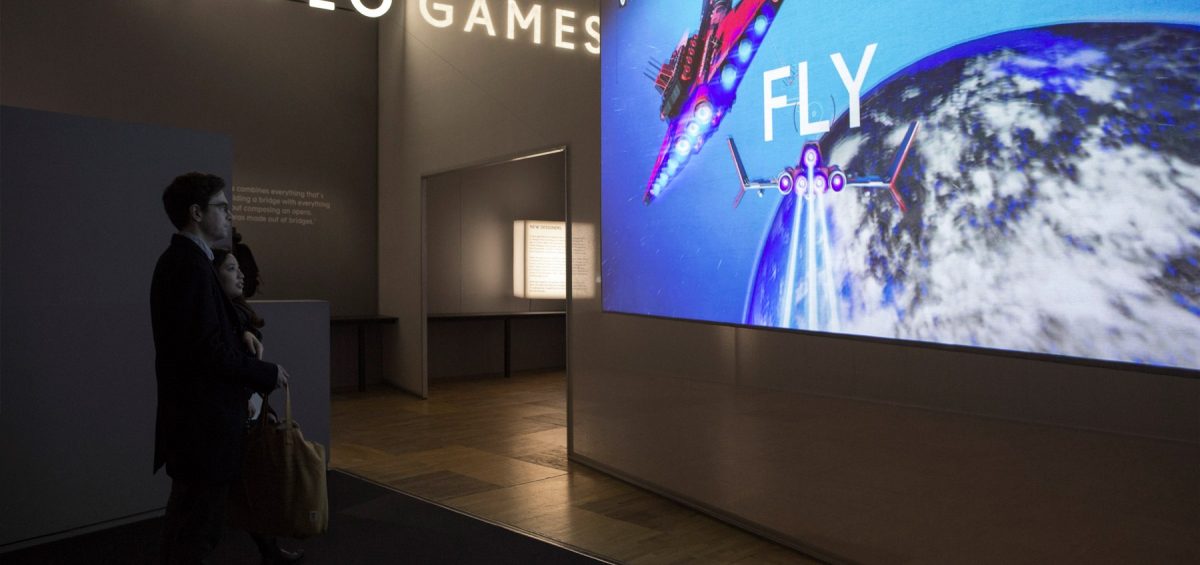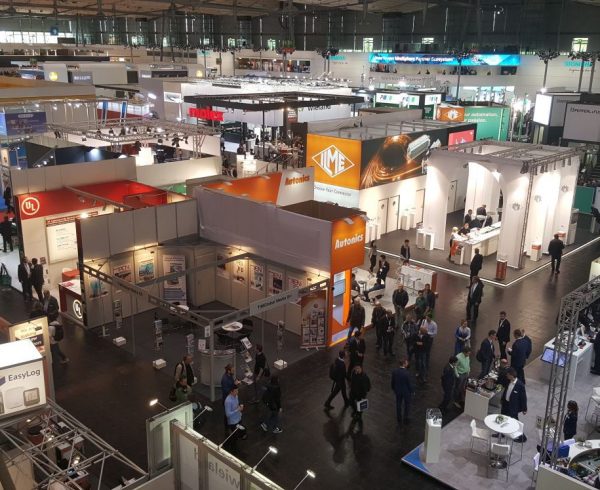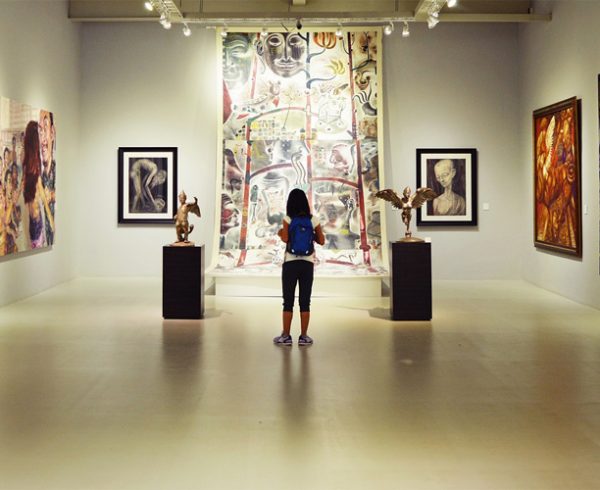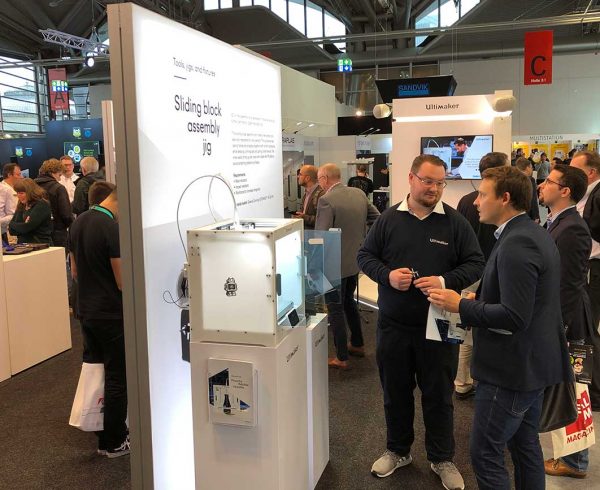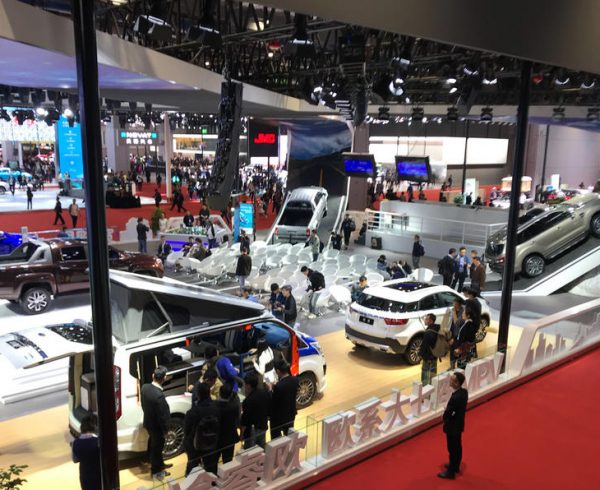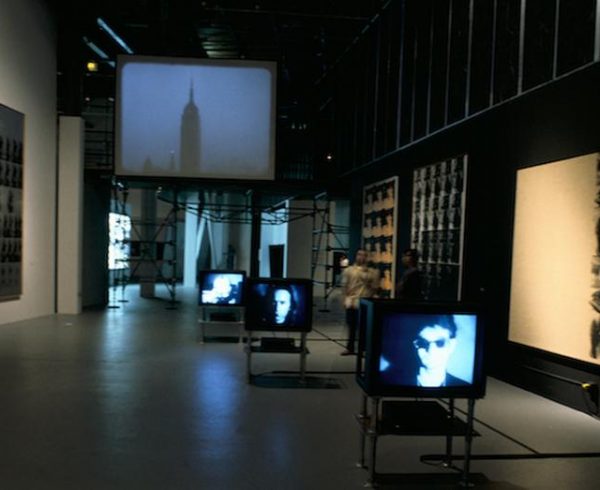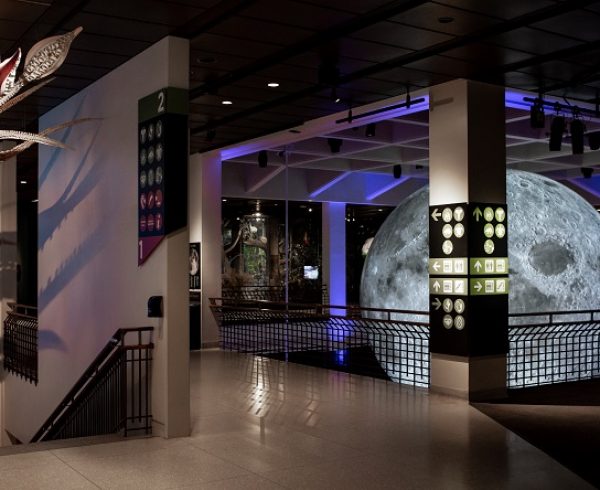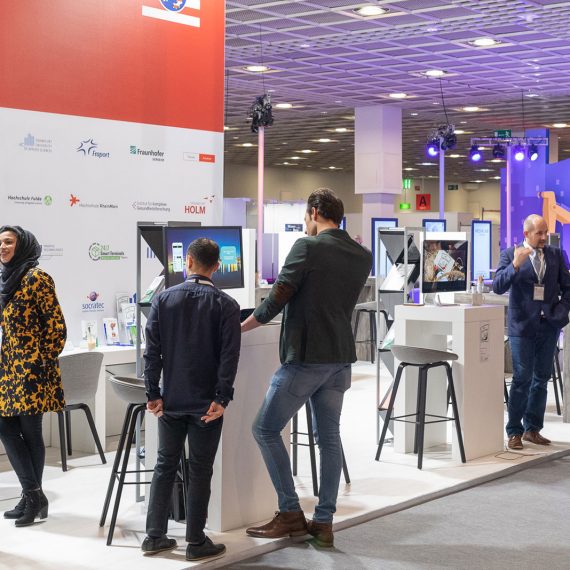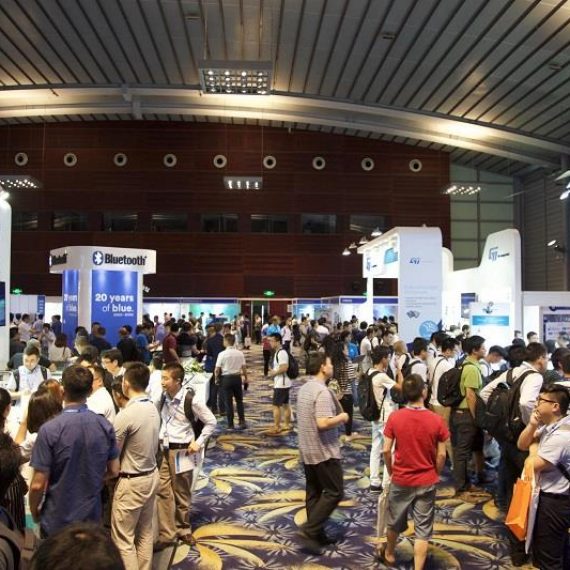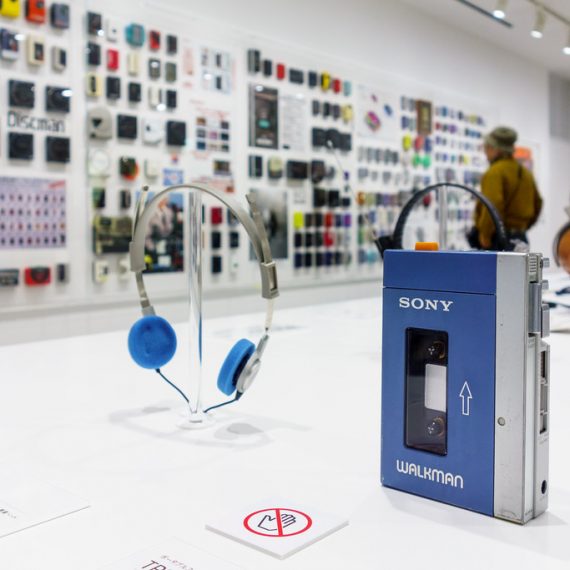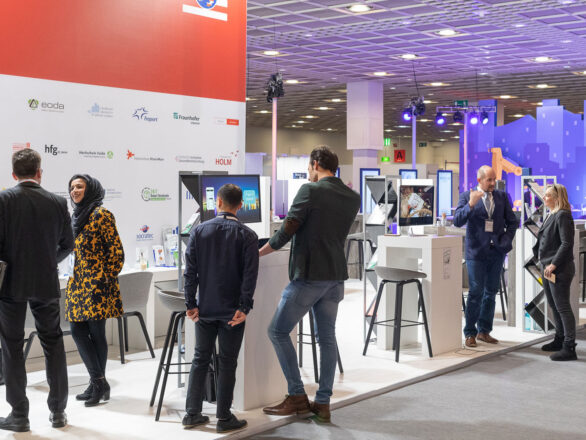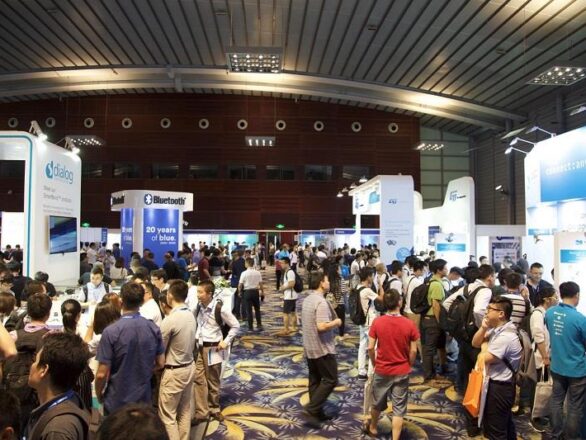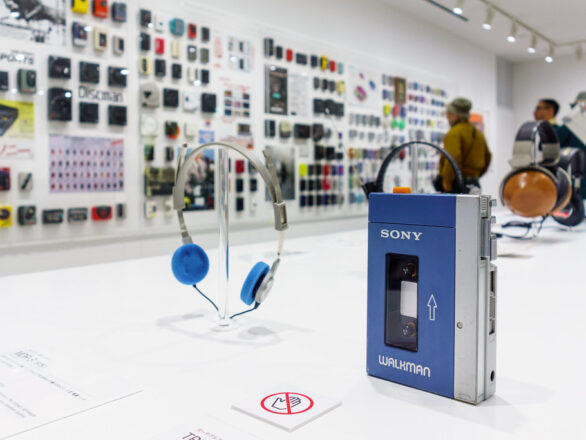The exhibition is undergoing a digital transformation process. The analogue, post industrialized world is changing fundamentally. This change is driven, among other things, by digital games. In the exhibition Play, the area presents a socio-cultural location of the game thematics, combines science, economy, culture and technology and shows what digital games do.
There’s a reason why the first Windows OS had a game built in. The fun was not in the foreground. The PC users of the first hour should learn how to move objects with the computer mouse. Since humans exist, it plays. And with the computers, the games became digital. The city museum dedicates this interactive exhibition to them.
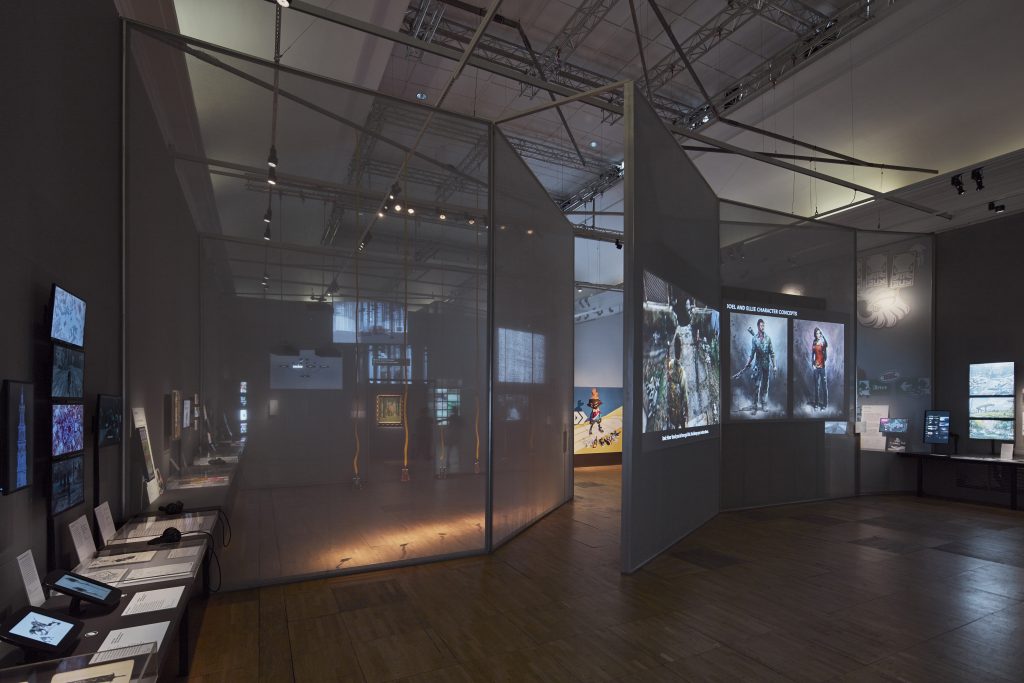
Games Are Changing The World
The exhibition addresses different aspects of playing and explains why we like to play. Gamification is an important term, it describes the motivation of the players, which can be reinforced with progress bars or virtual asterisks to reward. This positive feeling can be addictive. The addiction is discussed in the exhibition as well as sexism in games or the responsibility of parents. In addition, various games can be tried out in the exhibition.
The Play exhibition shows how gamification and serious gaming work well beyond the boundaries of traditional games and drive the digital transformation of healthcare, education, business, and research. Games have the power to awaken different potentials in us. You can be aggressive, addicted and lonely, but also happy, creative and communicative. At the Play exhibition, many visitors are expected next weekend. The exhibition aims both at the newest generation, who already have a smartphone in their stroller, as well as at audience. Accompanying the exhibition there are games in which some of the exhibited games are played and presented. This format makes it possible to respond to features of the individual games, e.g. their game mechanics, their history, their reception and so on.

